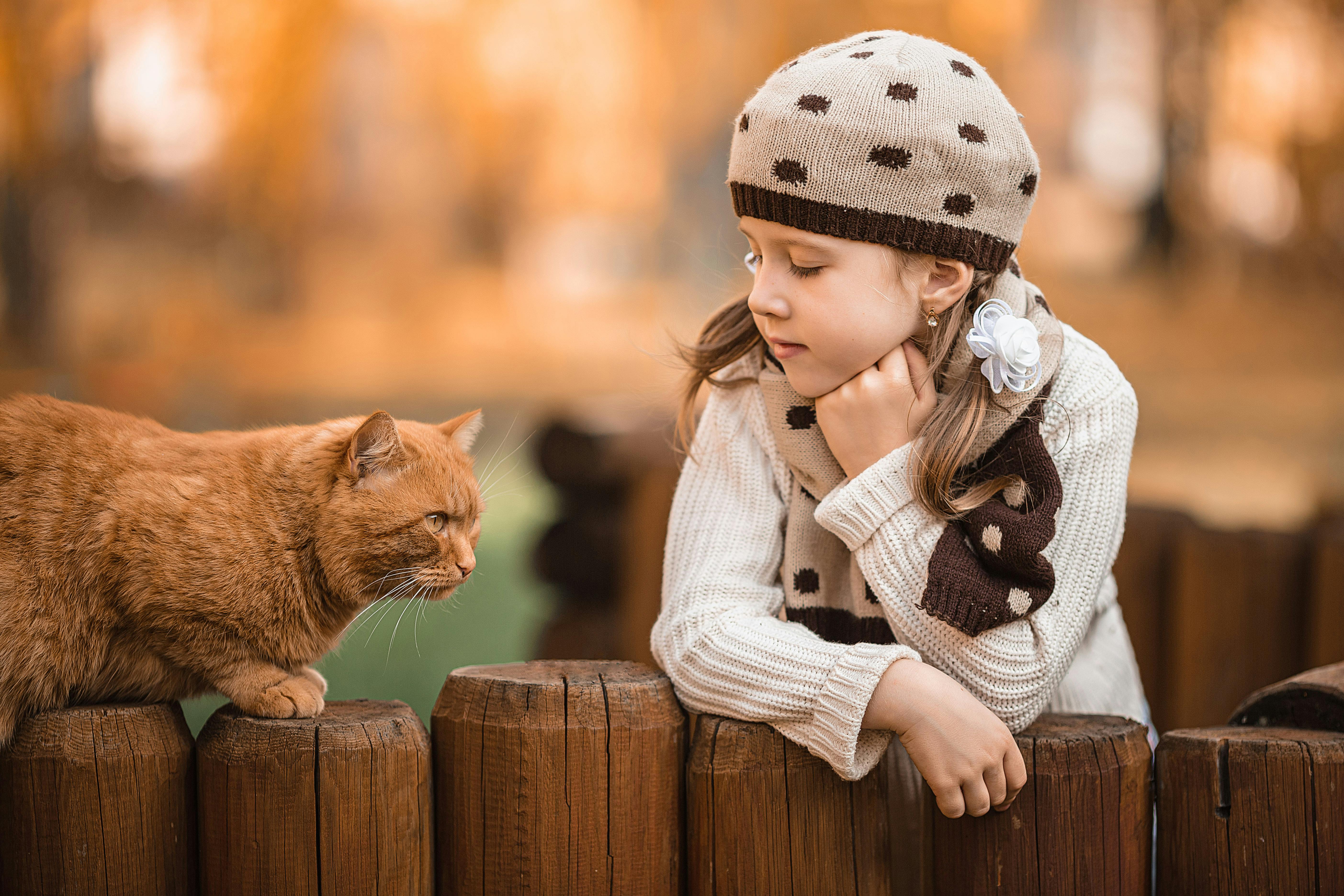To speed up the development of [the Oriental White-eye] you might want to try this:
Take them at least once a week to meetings (“Chai”). If the shape is not at a certain level, the birds will not “Chai”, but there is no need to worry about it at first. Putehs differ from other types of soft-billed songbirds in that they are neither solitary nor territorial by nature. A Puteh who is not ready for “Chai” at first may show signs of being intimidated, but this will not affect his form development later on. A reasonably good Puteh will, with patience, develop its form when regularly exposed to “Chai” arena environments after overcoming its initial reluctance to “Chai”.
Of course, there are cases where no matter how patient you are, a particular puteh will never “Chai” and can only buka at home. The reason is that this type of Puteh is probably a very low-ranking individual in the pecking order of a flock of birds (please don’t ask me for scientific studies to corroborate this theory). Now, mentioning the shape of the bird is not necessarily for the sake of competitions. As hobbyists, most of us would like to see our birds in top shape, even if that means simply appreciating them at home.
If there are no conveniently located “Chai” spots around you, the next best thing is to take the bird out as often as you can. For example, when you go to the neighborhood coffee shop for a drink, bring them along and hang out somewhere while you enjoy your coffee. Take them with you when you walk to the nearby grocery store for groceries.
In other words, the more they move around instead of being stuck in one place (your house), the better for them. Even the best of Putehs when kept alone at home, will not be at its peak. The reasoning behind this: Unlike a territorial bird that stays in its territory to defend it, Putehs travel long distances in flocks from dawn, searching everywhere for food. Whenever they stop, they will eat, gurgle, buka, etc., maintaining contact and vocally confirming their pecking order in the herd. This is what fanciers base their training methods on to bring the bird’s form to its best. It is about flowing along with the nature of the bird.
